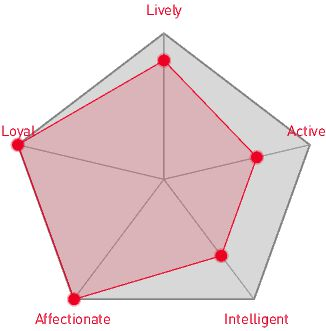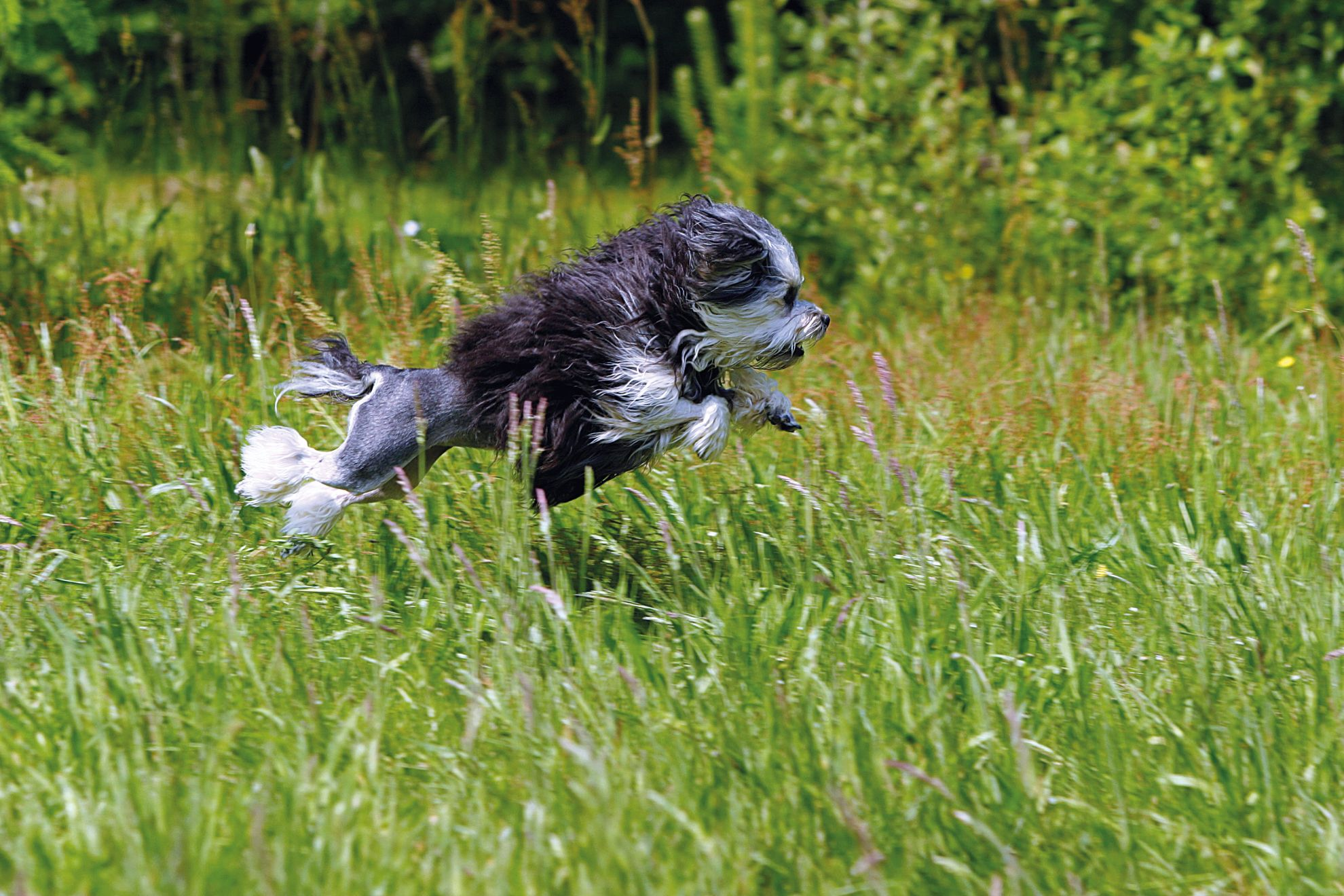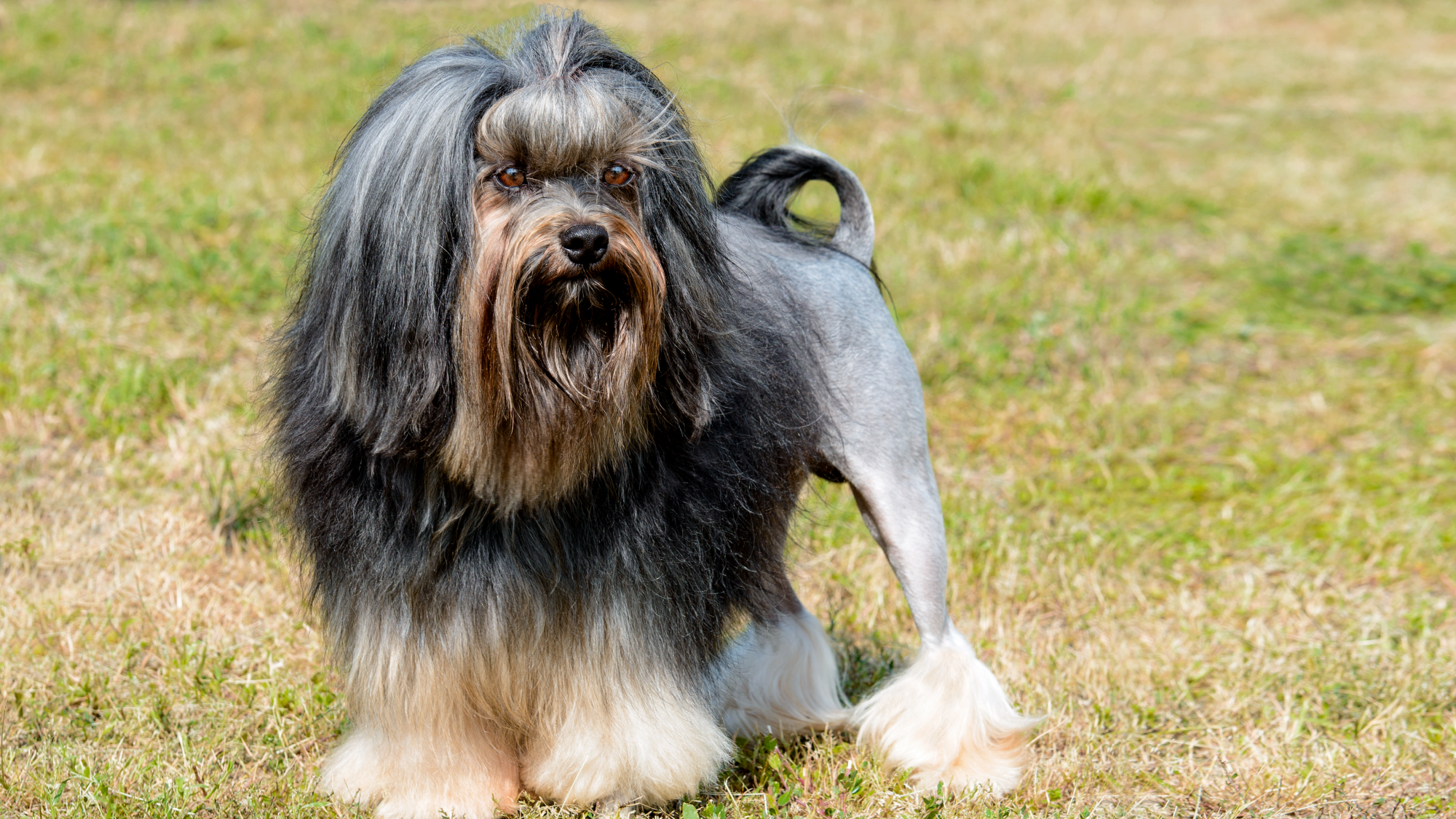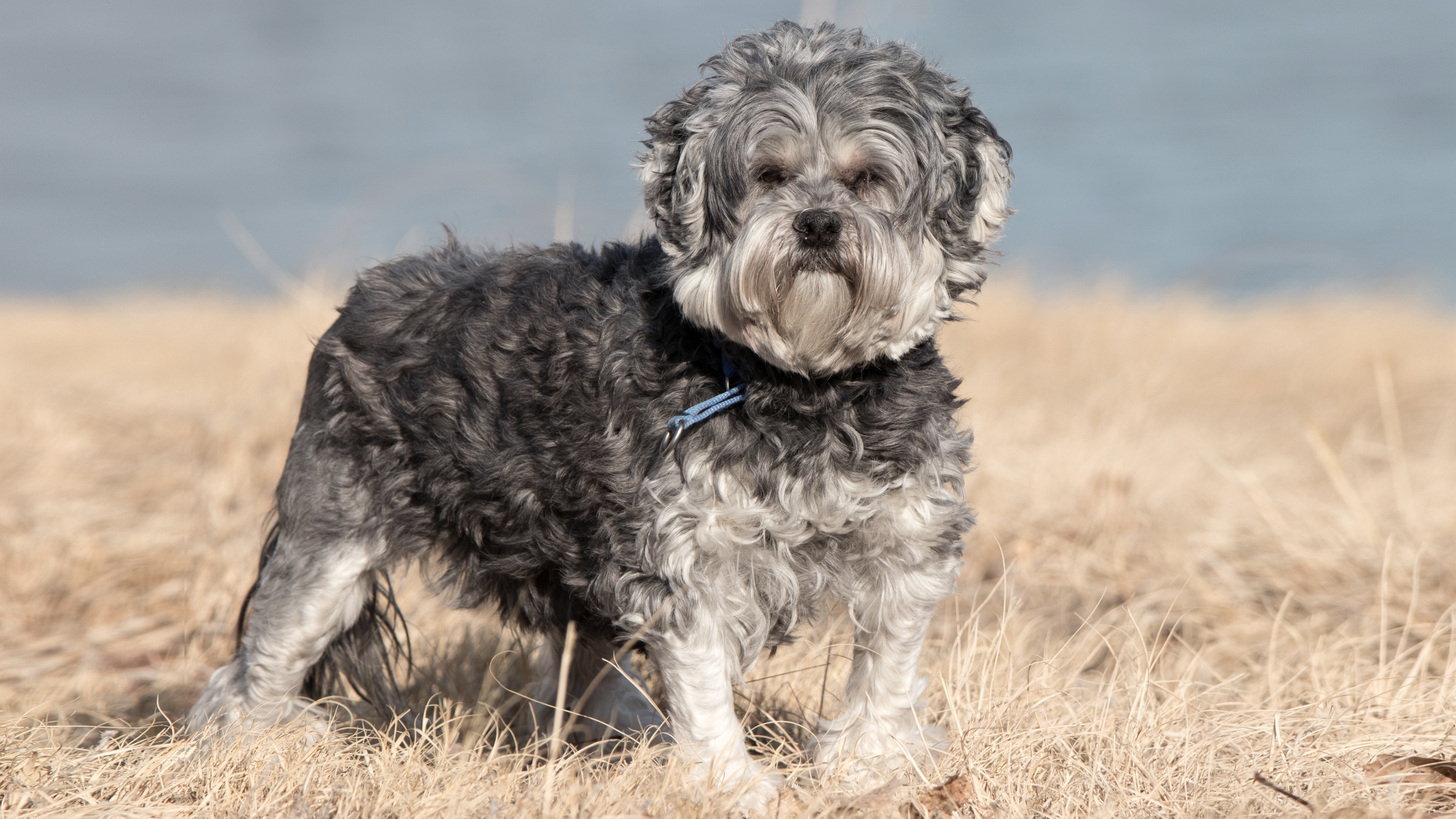

A healthy start to life
Puppyhood is a time of massive physical and behavioural change, and a steep learning curve for new owners. Find out how you can provide your puppy with the best start to life so they develop into strong, healthy dogs.
Learn more
Lifetime of health
Get advice and information on how to provide the best care for your dog at every stage of life.
Learn moreLet's talk Lowchens
You might be scratching your head at the name of this pint-sized bundle of fur and why it refers to one of the most ferocious canines in the animal kingdom. However, if you take a closer look at the Lowchen, it will become very obvious how their magnificent coat is almost always groomed to resemble the look of a lion. Known to be both robust and highly adaptable, the Lowchen would be highly content either accompanying you on a brisk walk or the opposite, curled up next to you for a long snuggle on the couch.Official name: Lowchen
Other names: Little Lion Dog
Origins: France

| Drooling tendencies |
|
Warm weather? | |
| Shedding level |  |
Suited to apartment living? | |
| Energy level (high, low, medium)*: | Low | Family pet? |
 |
| Compatibility with other pets | Can stay alone?* | 
|
*We advise against leaving pets alone for long stretches.
Companionship can prevent emotional distress and destructive behaviour. Speak to your veterinarian for recommendations.
Every pet is different, even within a breed; this snapshot of this breed’s specifics should be taken as an indication.
For a happy, healthy and well-behaved pet, we recommend educating and socialising your pet as well as covering their basic welfare, social and behavioural needs.
Pets should never be left unsupervised with a child.
Contact your breeder or veterinarian for further advice.


| Baby age: | Birth to 2 months |
| Puppy age: | 2 to 10 months |
| Adult age: | 10 months to 8 years |
| Mature age: | 8 to 12 years |
| Senior age: | From 12 years |

1/7
Get to know the Lowchen
All you need to know about the breed
One quick look into the eyes of a Lowchen and it becomes very clear that there is a healthy amount of fearlessness and confidence peering out from within. This toy breed is not afraid to show off an air of self-importance and assertiveness, but perhaps this has something to do with their long history rising the ranks in aristocratic culture (more on this later). However, don’t mistake this for aggressiveness, Lowchen dogs boast a highly social and friendly demeanour and are known to become fast friends with any canine or human stranger crossing their path.
While Lowchens can take a little longer to housetrain, their intelligence means they respond well to positive reward-based training overall.
What stands out most with this breed is their natural, almost ingrained ability to harmonise gracefully with their surroundings. From urban-dwelling singles to lively households with children (once trained) to more sedentary seniors, Lowchen dogs shower their human family with big dog affection. And will thrive on receiving the same in return.

2/7
2 facts about Lowchens
1. Circus dog potential
Due to their ease of trainability - and that lion-like mane - Lowchens once were used as circus dogs performing tricks in front of an audience. With their affable demeanour, the Lowchen breed satisfied all other necessary requirements of them in their circus role, including making excellent travel companions and being highly adaptable to unfamiliar surroundings.
2. 15 seconds of fame in the 80s
The Lowchen breed rose to fame on the hit 1980s series “Hart to Hart,” which was about two hard-working detectives. Their beloved Lowchen companion on the series accompanied the detectives on all of their case-solving adventures. He was named “Freeway,” since he was found wandering alone along the side of the freeway. However, you might notice that Freeway in Hart to Hart looks slightly different from other Lowchens. This is because the TV dog star was without the breed’s distinctive lion-like trim.
History of the breed
The origins of the Lowchen breed have been long debated. Despite the name “Lowchen” being German, many have now agreed that France is likely the breed's original country of origin. What has been proven by many portraits (notably by the famous 16th century Spanish painter, Francisco Goya) is that the Lowchen’s infamous lion-cut appearance has not changed over hundreds of years.
What originally made the Lowchen breed so common in the 15th and 16th centuries is that they were not only exclusively owned by the aristocracy; they were also used by farmers to help catch rats and act as alert dogs.
However, the Lowchen’s population experienced a steep decline over time—so much so that in the 1960s, the Guinness Book of World Records gave them the title of “Rarest Breed.” Fortunately, two determined, prominent breeders spent several years successfully reviving their numbers; they are now far from extinct.
The Lowchen breed was accepted into the American Kennel Club in 1996, and then fully recognised into the non-sporting group in 1999

4/7
From head to tail
Physical characteristics of Lowchens
1. Head
Broad-shaped head with a long neck and short muzzle.
2. Body
Well-developed chest with square body.
3. Coat
Long, wavy coat with a silky texture.

5/7
Things to look out for
From specific breed traits to a general health overview, here are some interesting facts about your Lowchen

6/7
Caring for your Lowchen
Grooming, training and exercise tips
In terms of grooming, the silky mane of the Lowchen breed is one of their most striking physical qualities, but their coat does require a bit of tending to. Gentle daily brushing is recommended to avoid a build-up of tangles, and the hair on top of their head should be kept neat to avoid irritating their eyes. Interestingly, Lowchens don’t shed a great deal. Nails should be trimmed regularly, as they can be fast-growing, and ears checked too. Because Lowchen dogs can be prone to dental disease, teeth should be brushed daily. Energy-wise, Lowchens are playful, but are very rarely hyperactive. Although they require less exercise compared to larger breeds, regular activity once or twice a day is needed to keep them healthy and, just as important, mentally stimulated. When it comes to training, Lowchens can be quick learners, even as their stubborn streak can mean slow housetraining. Patience and positive reinforcement, as well as early socialisation, are key to smooth training progress for Lowchens.7/7
All about Lowchens
Yes indeed, they are vocal little creatures that will bark on alert or whenever they spot something they think merits a reaction. To the relief of your neighbours, this type of behaviour can be curbed over time by early and persistent training.
Very little. Lowchens are considered suitable pets for individuals who do not want their home, or couches, to be covered in dog hair. However, because of their silky tresses that are prone to matting, their fur does require regular brushing.
translations.feature.breeds.otherbreeds
Read more on this topic

How your dog's nutrition needs change with age

How to adopt a dog

Things to consider before getting a dog
Sources
1 - Veterinary Centers of America https://vcahospitals.com/
2 - Royal Canin Dog Encyclopaedia. Ed 2010 and 2020
3 - Banfield Pet Hospital https://www.banfield.com/
4 - Royal Canin BHN Product Book
5 - American Kennel Club https://www.akc.org/

